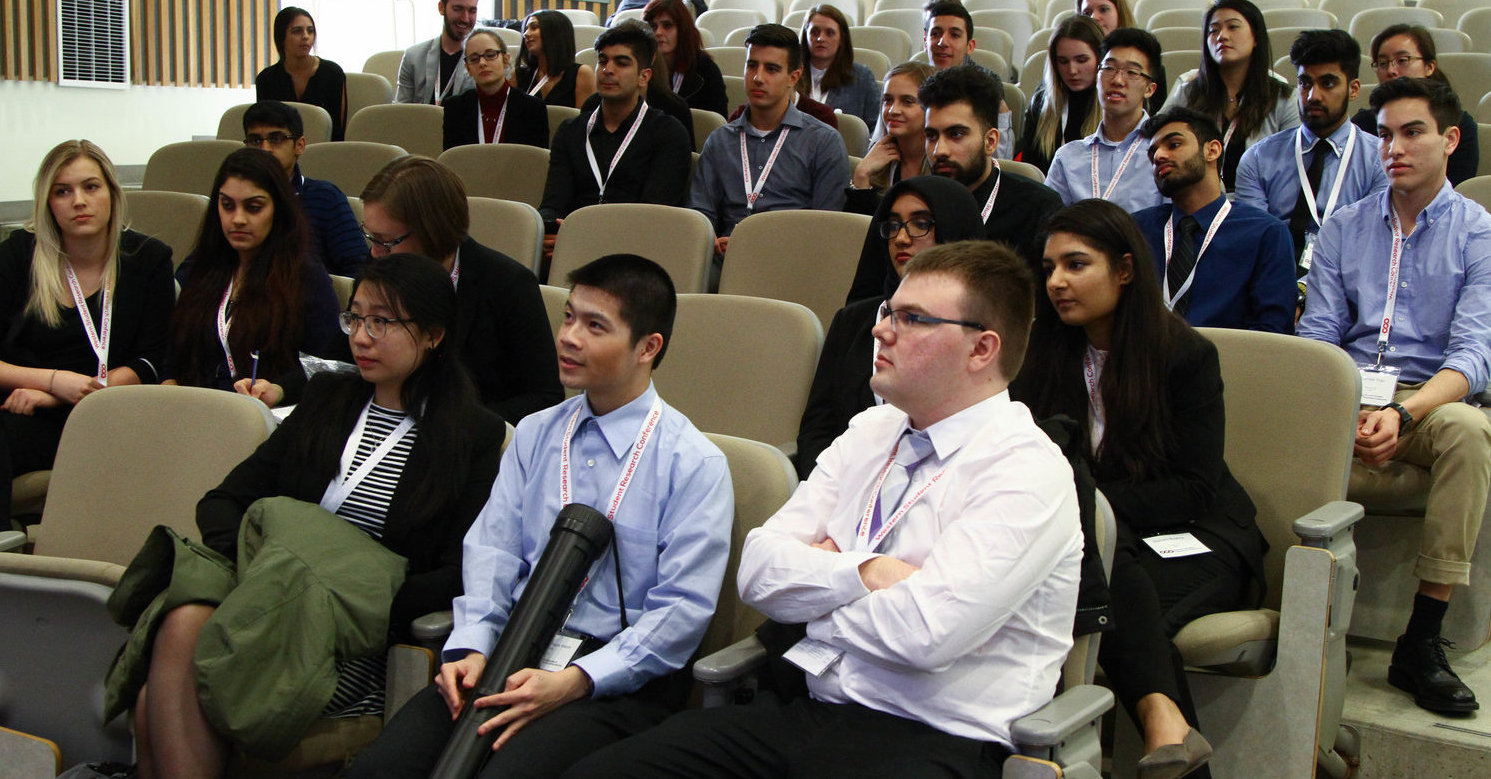Simulating Diffusion MRI In Beading Neurites
Year of Study
Third Year
Abstract
INTRODUCTION. Neurological disorders represent a significant health burden, but their physiological underpinnings are generally still poorly understood. The brain is primarily made up of neurons, and the integrity of axons and dendrites (“neurites”) is essential for normal brain function. When neurites encounter stress, such as oxygen deprivation or osmolarity imbalances, they generally undergo a process of “beading” that involves the formation of an undulating surface and/or spherical cavities. The detection of neurite beading in vivo could be an early indicator of neurologic disease that could allow timely and effective intervention. Diffusion MRI (dMRI) is sensitive to the microstructural characteristics of tissue, but typical dMRI is not able to differentiate beading from other sources of diffusion modulation. The optimization of the correct dMRI parameters will likely maximize the ability to detect and characterize beading in vivo. METHODS. This project utilized the Camino Monte-Carlo diffusion simulator [1] to perform in silico dMRI experiments in a substrate mimicking the properties of neurites. Environments were designed that consisted of different combinations of healthy neurites, beaded neurites, and neuron cell bodies. In simulation, we use different “scheme files” to define the shape of the magnetic field gradient. Designing the magnetic field gradient allows for manipulation of a variety of parameters that affect how diffusion will be encoded into the MR signal. RESULTS AND DISCUSSION. Two different methods of diffusion encoding were compared to differentiate healthy neurites from beaded neurites and cell bodies. The structural characteristics of the neuron cell body were important as they have a much larger radius than neurites. Their large radius caused the signal received from cell bodies to approach zero as the frequency of the applied magnetic field increases. By analyzing two different methods of diffusion encoding and increasing the frequency of the applied magnetic field, beaded neurites can be differentiated from both healthy neurites and neuron cell bodies in silico. Eventually parameters such as these can be programmed on the real MRI machine to detect signatures of beading in vivo.
Presentation Type
Oral Presentation
Simulating Diffusion MRI In Beading Neurites
INTRODUCTION. Neurological disorders represent a significant health burden, but their physiological underpinnings are generally still poorly understood. The brain is primarily made up of neurons, and the integrity of axons and dendrites (“neurites”) is essential for normal brain function. When neurites encounter stress, such as oxygen deprivation or osmolarity imbalances, they generally undergo a process of “beading” that involves the formation of an undulating surface and/or spherical cavities. The detection of neurite beading in vivo could be an early indicator of neurologic disease that could allow timely and effective intervention. Diffusion MRI (dMRI) is sensitive to the microstructural characteristics of tissue, but typical dMRI is not able to differentiate beading from other sources of diffusion modulation. The optimization of the correct dMRI parameters will likely maximize the ability to detect and characterize beading in vivo. METHODS. This project utilized the Camino Monte-Carlo diffusion simulator [1] to perform in silico dMRI experiments in a substrate mimicking the properties of neurites. Environments were designed that consisted of different combinations of healthy neurites, beaded neurites, and neuron cell bodies. In simulation, we use different “scheme files” to define the shape of the magnetic field gradient. Designing the magnetic field gradient allows for manipulation of a variety of parameters that affect how diffusion will be encoded into the MR signal. RESULTS AND DISCUSSION. Two different methods of diffusion encoding were compared to differentiate healthy neurites from beaded neurites and cell bodies. The structural characteristics of the neuron cell body were important as they have a much larger radius than neurites. Their large radius caused the signal received from cell bodies to approach zero as the frequency of the applied magnetic field increases. By analyzing two different methods of diffusion encoding and increasing the frequency of the applied magnetic field, beaded neurites can be differentiated from both healthy neurites and neuron cell bodies in silico. Eventually parameters such as these can be programmed on the real MRI machine to detect signatures of beading in vivo.



